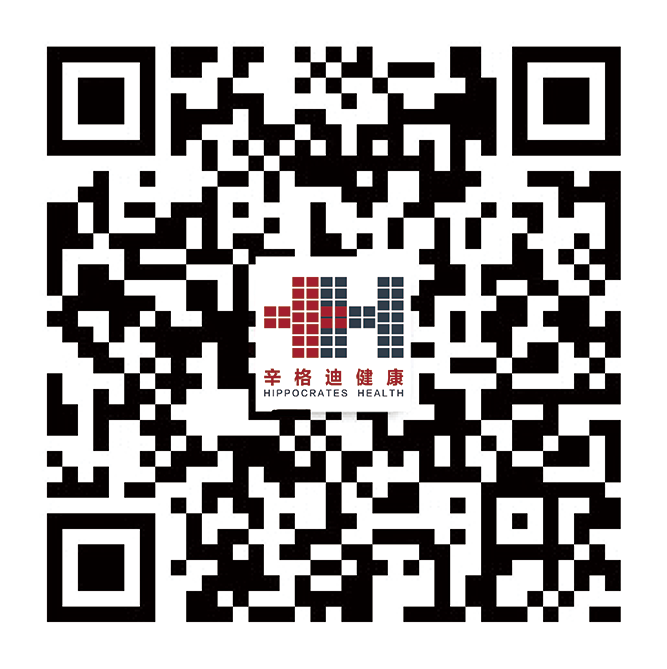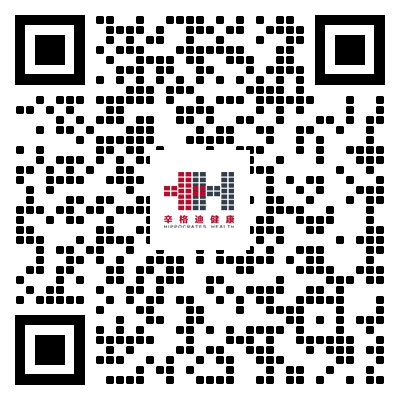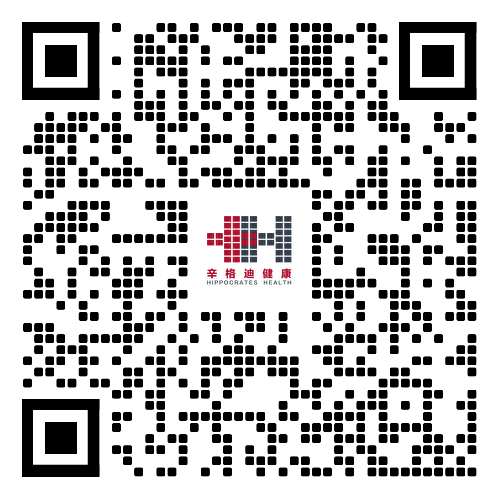Pharmacovigilance Management System (PVS) Project of Beijing Northland Biotechnology Co., Ltd.
I. Project Overview
Beijing Northland Biotechnology Co., Ltd. (hereinafter referred to as "Northland") is an innovative biopharmaceutical enterprise specializing in the R&D, production, and sales of gene therapy drugs, recombinant protein drugs, and ophthalmic drugs. Founded in June 2004, the company was listed on the Beijing Stock Exchange (BSE) in the first batch in November 2021, with the stock code 430047.
Northland holds multiple certifications and titles, including:
- Key High-Tech Enterprise of the National Torch Program
- Beijing Technology R&D Institution
- Beijing Engineering and Technology Research Center for Naked Plasmid Gene Therapy Drugs
- Beijing International Science and Technology Cooperation Base
- G20 Innovative Leading Enterprise in Beijing's Biomedical Industry
- Beijing "Professional, Specialized, Refined, and Innovative" Enterprise
- The company has established core technology platforms covering gene vector construction, engineering bacteria construction, microbial expression, mammalian cell expression, biopharmaceutical production processes and their large-scale production technologies, and ophthalmic drops development—providing technical support for the continuous development of projects. Adhering to a clinical demand-oriented approach and relying on its independent core technology platforms, Northland is committed to the R&D and industrialization of new bioengineering drugs in fields such as cardiovascular diseases, metabolic diseases, rare diseases, and ophthalmic diseases.
- Northland has a rich pipeline of drug R&D projects. Currently, there are 11 new bioengineering drugs under development, corresponding to 13 indications:
- Recombinant Human Hepatocyte Growth Factor Naked Plasmid Injection (NL003) and Recombinant Human Interleukin-11 for Injection (NL002) have both entered Phase III clinical trials.
- Recombinant Human Thymosin β4 for Injection (NL005) is undergoing Phase II clinical research.
- Meanwhile, the company has a number of ophthalmic drugs under development for sequential market launch.
- Northland holds 22 authorized patents and has successively undertaken 8 national-level projects under the "Major New Drug Creation" program.
II. Project Background
With the official implementation of China's newly revised Drug Administration Law in December 2019 and the release of the Good Pharmacovigilance Practice (GVP) (Announcement No. 65 of 2021) on May 7, 2021, China officially entered the era of pharmacovigilance. Pharmacovigilance activities revolve around two core pillars:
- Pharmacovigilance system construction: Requiring marketing authorization holders (MAHs) to establish, operate, and maintain a pharmacovigilance system.
- Drug risk management: Requiring MAHs to monitor, identify, assess, and control drug risks.
- To support the implementation of its pharmacovigilance work, Northland adopted the Xingdi Pharmacovigilance Management System (Pharmacovigilance Management System, PVS; Jingtai®, VigiTrust®).
- Independently developed by Xingdi, the PVS is designed for Marketing Authorization Holders (MAHs) and professional Contract Research Organizations (CROs), including pharmaceutical companies, vaccine enterprises, and medical device companies. It supports the entire business process of compliant and efficient collection, processing, reporting, and analysis of adverse events, covering both the clinical trial phase and post-marketing phase of products.
- Compliant with the ICH E2B (R3) standard, the PVS enables electronic transmission of Individual Case Safety Reports (ICSRs) to various regulatory authorities via two methods: real-time Gateway-to-Gateway submission and E2B R3 XML file submission through the "Applicant Window". By procuring and using this pharmacovigilance management system, Northland can conduct more professional and systematic drug safety management, ensuring the safety and efficacy of drugs while meeting regulatory requirements and market demands.
III. Specific Measures
(I) Overall Planning
Based on the Aotai Platform, Xingdi PVS integrates a pharmacovigilance regulatory database, pharmacovigilance system documents, industry-related training materials, quality management systems and processes, electronic signatures, and SAE assistants. As a comprehensive digital pharmacovigilance solution, it helps enterprises quickly establish a pharmacovigilance operation system that complies with national regulations and regulatory requirements. Specifically, Xingdi PVS assists enterprises in building a comprehensive digital pharmacovigilance management platform (as outlined below).
(II) Business Model
Since 2015, China has launched pharmaceutical regulatory reforms and put forward the "Four Strictest" requirements (strictest standards, strictest supervision, strictest law enforcement, and strictest penalties). The supervision of China's pharmaceutical industry has become more stringent and aligned with international mainstream markets. Typical deficiencies identified in previous GVP inspections include:
- Inadequate pharmacovigilance system: Enterprises may fail to establish a sound pharmacovigilance system for monitoring, identifying, assessing, and controlling adverse drug reactions (ADRs) and other drug-related harmful reactions.
- Insufficient participation of professional managers: Enterprises may fail to ensure full participation of pharmacovigilance managers in business activities, leading to incomplete implementation of pharmacovigilance work and inadequate drug safety management.
- Poor quality of pharmacovigilance reports: Enterprises may fail to attach sufficient importance to pharmacovigilance reports (e.g., individual case reports, Development Safety Update Reports (DSURs), Periodic Safety Update Reports (PSURs)), resulting in incomplete, low-quality reports that fail to meet regulatory requirements.
- Inadequate risk communication: Pharmaceutical enterprises may fail to collaborate effectively with medical institutions, pharmaceutical manufacturers, and pharmaceutical distributors in conducting pharmacovigilance activities, leading to insufficient risk communication.
- Inadequate supervision of innovative drugs and improved new drugs: For products such as innovative drugs and improved new drugs, enterprises may fail to strengthen post-marketing monitoring based on the safety characteristics of the products, or fail to enhance the awareness of medical institutions, manufacturers, distributors, and patients in reporting suspected ADR information.
- By implementing the Xingdi Pharmacovigilance Management Solution (PVS), Northland addresses the complex regulatory requirements of the pharmaceutical industry and helps the company comprehensively enhance its pharmacovigilance management capabilities while meeting industry compliance requirements through the following measures:
- Establish a sound pharmacovigilance system: In accordance with the Good Pharmacovigilance Practice (GVP), the enterprise shall establish and continuously improve a pharmacovigilance system to cover the monitoring, identification, assessment, and control of ADRs and other drug-related harmful reactions throughout the entire drug lifecycle.
- Personnel training and qualification: The enterprise shall allocate a sufficient number of full-time personnel with appropriate qualifications and conduct pharmacovigilance training to ensure relevant personnel possess the necessary knowledge and skills.
- Standardize pharmacovigilance activities: The enterprise shall standardize pharmacovigilance activities, including monitoring and reporting of ADR information, risk identification and assessment, and risk control, to comply with the requirements of the National Medical Products Administration (NMPA).
- Quality management and internal audit: The enterprise shall establish a quality assurance system, conduct regular internal audits to assess the suitability, adequacy, and effectiveness of the pharmacovigilance system, and take corrective and preventive actions for identified issues.
- Risk communication: The enterprise shall collaborate with medical institutions, pharmaceutical manufacturers, and pharmaceutical distributors in conducting pharmacovigilance work and conduct effective risk communication when necessary.
- Comply with international standards: With the internationalization of the pharmaceutical industry, the enterprise shall also comply with international standards (e.g., ICH E2B (R3)) to ensure the compliance of Individual Case Safety Report (ICSR) submissions.
- The implementation of PVS not only improves the efficiency and quality of pharmacovigilance management but also helps the enterprise establish a sound pharmacovigilance management system, thereby enhancing the drug safety and compliance capabilities.
(III) Technical Architecture
Hippocrates PVS is one of the core solutions on the Hippocrates OwlTrust Digital Platform. Developed jointly by Hippocrates's industry experts and IT specialists, the OwlTrust Platform takes "Quality and Compliance Expert" as its management philosophy and market positioning. It helps enterprises improve their quality and compliance levels, meet industry supervision requirements, enhance management capabilities, and accelerate the market launch of more safe, effective, and high-quality products.
Applications on the Aotai Platform can be customized to an enterprise's quality system based on its needs. The built-in configuration tools already include multiple quality management functions, eliminating the need for customization or programming to implement certain special processes. Trained personnel can quickly customize forms, decision trees, and dashboards to meet specific business needs.
The owlTrust Platform's superior design ensures users can quickly access large volumes of records and data, thereby improving work efficiency:
- "Intelligent loading" of forms minimizes loading time.
- Frequently used data is cached to maximize network bandwidth utilization.
- Data is stored in an efficient manner, and the distributed architecture is optimized for server expansion.
- Standard APIs significantly improve system access efficiency, including:
- Automated email notifications, SMS notifications, and dashboard alerts integrated into workflows, greatly reducing the risk of missing tasks or approvals.
- Background task submission and management mode allow users to perform other tasks simultaneously.
- A standard intermediate service layer supports integration with any third-party system, facilitating data exchange between Aotai and other application systems.
IV. Construction Achievements
(I) Enterprise Achievements
Hippocrates PVS not only helps enterprises quickly establish a pharmacovigilance management system but also supports pharmaceutical enterprises in conducting comprehensive pharmacovigilance activities, including:
- Entry of Individual Case Safety Reports (ICSRs) into the system;
- Quality control of ICSRs;
- Medical review of ICSRs and drafting of Serious Adverse Event (SAE) descriptions;
- Drafting of post-marketing focused surveillance research protocols;
- Compilation of focused surveillance reports;
- Compilation of clinical trial reports;
- Retrieval of adverse events in Chinese and English literature;
- Formulation of risk control/management strategies.
- Based on the OwlTrust Platform, the solution integrates a pharmacovigilance regulatory database, pharmacovigilance system documents, industry-related training materials, quality management systems and processes, electronic signatures, and SAE assistants. As a comprehensive digital pharmacovigilance solution, it helps enterprises quickly build a pharmacovigilance operation system that complies with national regulations and regulatory requirements.
- Hippocrates PVS enables enterprises to establish a comprehensive digital management model based on "Jingtai®", meeting the increasingly stringent regulatory requirements faced by enterprises.
(II) Social Achievements
- Ensuring enterprises meet inspection and industry supervision requirementsThe solution helps enterprises build a digital management system to meet industry supervision requirements. The PVS covers the entire workflow of pharmacovigilance work, with a design compliant with domestic and international standards to meet regulatory requirements. Built-in audit trails and query management functions support enterprises in meeting inspection and audit requirements.
- Intelligent data collection and data analysisThe system features convenient and fast data collection (supporting both PC and mobile terminals), process-oriented and guided collection (easy to learn), and permanent data retention. It can generate multi-dimensional reports covering drugs, clinical trials, regions, and patients, enabling comprehensive data analysis by day, week, month, or full cycle. It also provides real-time data query and rich graphical report presentation functions. Additionally, it supports rapid generation of PSURs and DSURs with guided operations and automated report generation, featuring short report cycles and high efficiency.
- Improving drug safety and ensuring public access to safe drugsXingdi PVS enables timely monitoring and identification of ADRs and assessment of drug safety, thereby reducing the occurrence of ADRs and safeguarding public drug use safety. By analyzing ADRs, pharmaceutical enterprises can identify issues in drug production and use, further improving drug quality and efficacy. The drug safety information provided by the pharmacovigilance system helps doctors and pharmacists make more rational drug use decisions, enhancing the safety and efficacy of clinical drug use. Through monitoring and analysis by the pharmacovigilance system, drug risks can be identified and controlled in a timely manner, reducing harm to patients from ADRs and protecting patient rights and interests.
- Realizing greater public health valueXingdi PVS improves the efficiency of drug safety information collection and analysis, helping pharmaceutical enterprises and regulatory authorities allocate resources more rationally and enhance work efficiency. It enables enterprises to better understand the real-world performance of drugs, providing feedback for drug R&D and promoting pharmaceutical innovation. It helps identify and control drug safety incidents in a timely manner, reducing the occurrence of public health incidents and improving public health standards. The application of PVS also helps pharmaceutical enterprises comply with international pharmaceutical regulatory standards, promoting international pharmaceutical cooperation; it supports enterprises in meeting national and international regulatory requirements, safeguarding drug safety, and protecting public health.
V. Associated Solutions
- Pharmacovigilance Solution (PVS)
- GMP Quality Compliance Digital Solution (QCMS)
VI. Associated Projects
- Pharmacovigilance Management System (PVS) Project of Hangzhou Puri Life Technology Co., Ltd.
- Pharmacovigilance Management System (PVS) Project of Beijing Xinlida Pharmaceutical Technology Co., Ltd.
- Pharmacovigilance (PVS) Project of Sinovac Biotech Co., Ltd.



